Lawns have grown increasingly controversial as people have continued to question the environmental impact of maintaining a largely decorative, resource-hungry field of grass for aesthetic reasons. But folks still love their lawns, continuing to spend tons of money and many hours fertilizing, aerating, mowing, weeding, and otherwise caring for them. Because lawns require a lot of maintenance to look like the lush field of green you see in your dreams.
If you’re going to put that much effort and money into your lawn, you want to make it count — which means not making simple mistakes that can actually hurt your lawn and make all your hard work futile. While most of the lawn mistakes people make are obvious if you think about them for a moment, some mistakes are counter-intuitive, and might even seem like good ideas at first. If you’re doing and of the things listed here, stop immediately, because you’re doing your precious lawn more harm than good.
Don’t water it every day
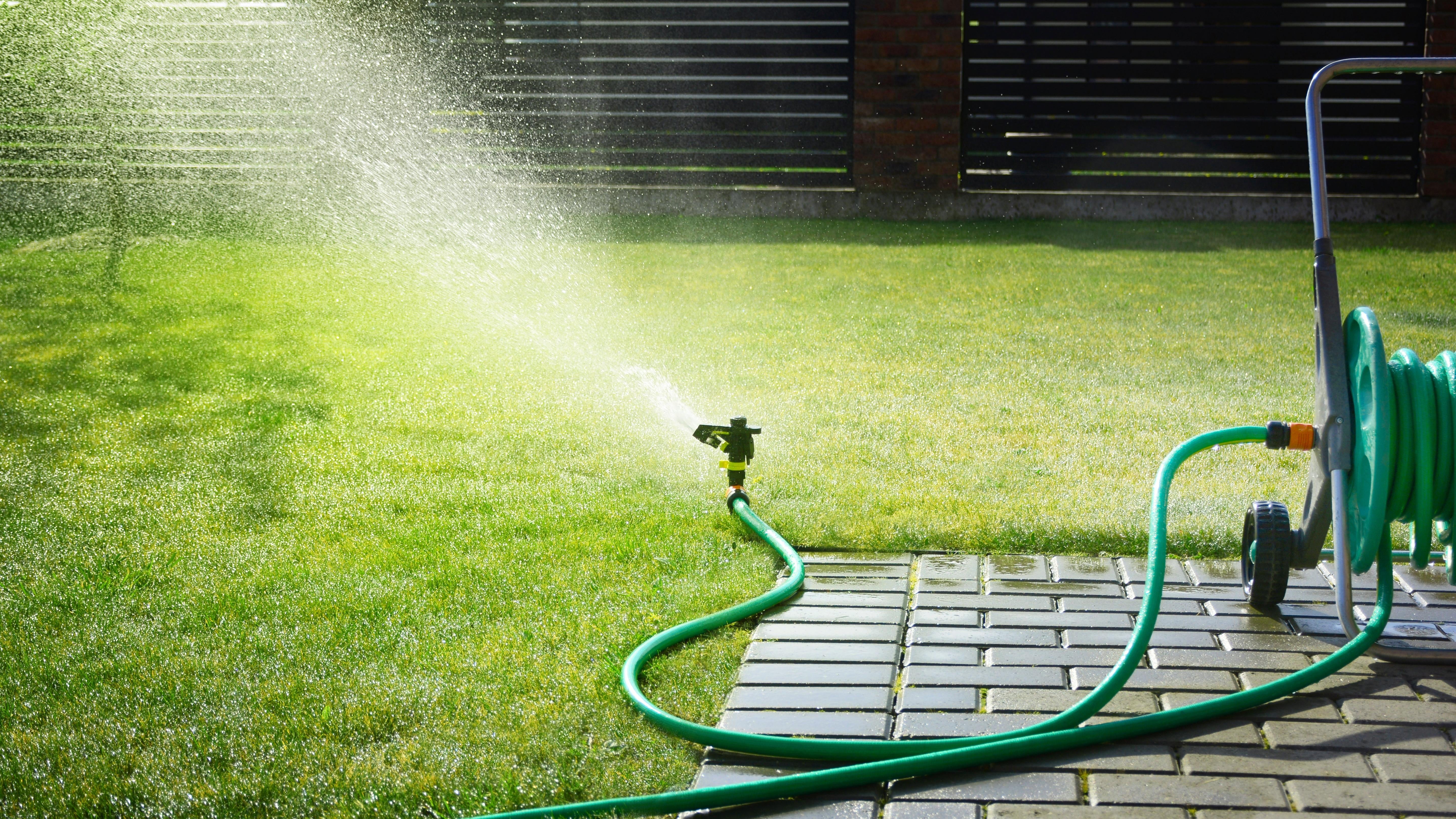
One of the biggest misconceptions about lawn care is that your grass is in dire need of water, more water, and then more water. For some folks, a brown patch on their lawn means they need to race out with the hose and soak their yard immediately. But over-watering your lawn will hurt it just as much, and watering every day will actually lead to a shallow root system that leaves your grass more vulnerable to pests and diseases. In fact, some lawn experts argue you shouldn’t water your lawn at all, but if you’re not ready to take that step, it’s best to give your lawn a thorough watering only weekly, even during the hottest and sunniest months.
Don’t water it with a hose
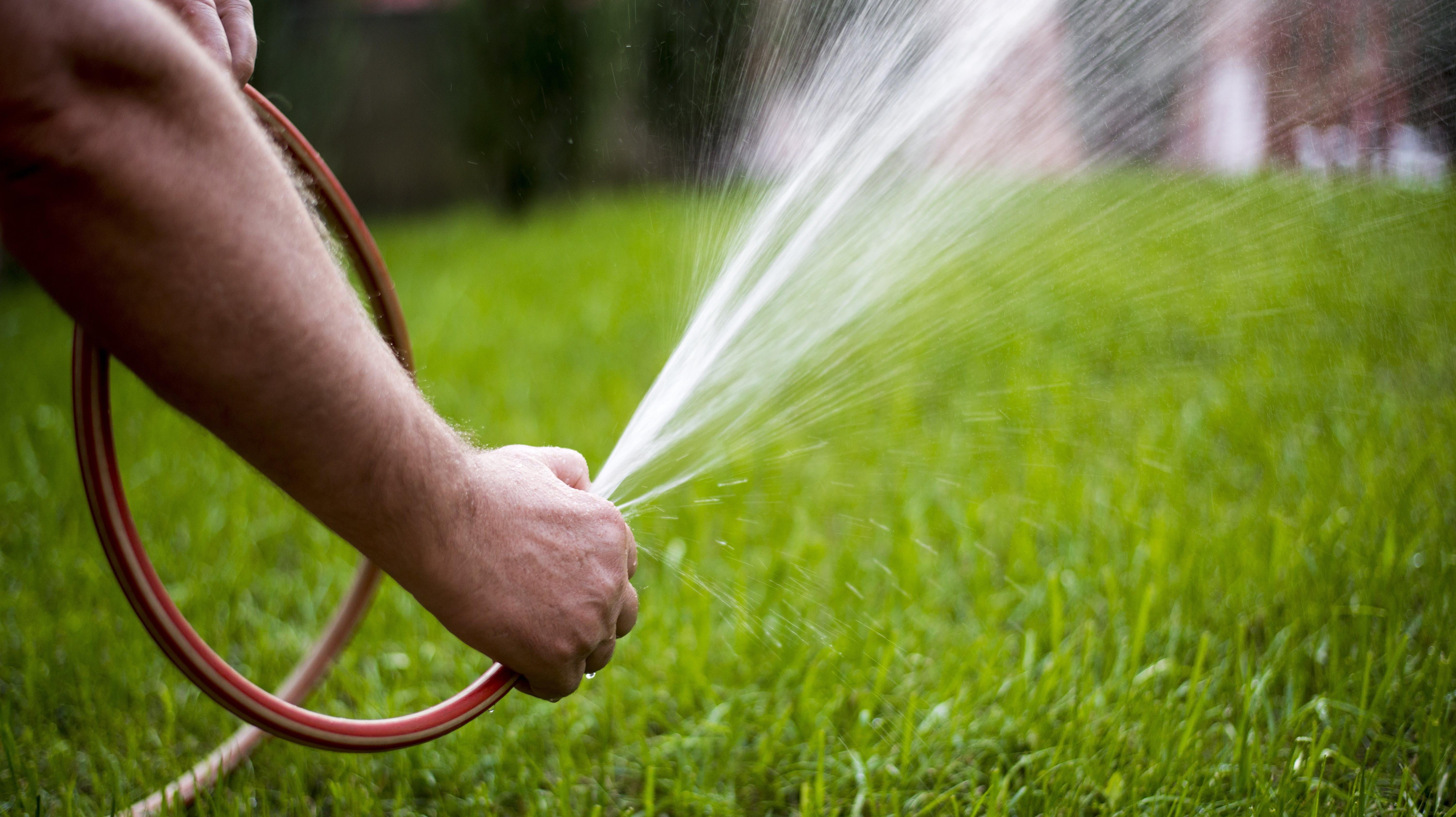
If you water your lawn with a basic garden hose, stop. No matter how dedicated you are to your lawn, you will never water it evenly doing it manually using a hose. You’ll also probably use more water than necessary while under-watering sections of your lawn. A sprinkler system or soaker hose will almost certainly be a better choice in terms of coverage and water usage.
Don’t cut it too short

Look, mowing your lawn is a pain in the arse. It takes a lot of time, it’s hot and sweaty work even if you have a fancy riding mower, and it’s boring as heck. So the temptation to mow your lawn down to the nub in order to do it less frequently makes sense. Except it doesn’t, because mowing too short will literally kill your lawn. Cutting each blade super short makes it that much harder for the plant to absorb the sunlight it needs, and weakens the grass as it has to work extra hard to recover from the brutal haircut you just gave it, leading to more pests and more diseases. Your best move is to let your lawn stay a little shaggy — three inches or so is probably a good height for most folks.
Don’t obsessively rake your leaves
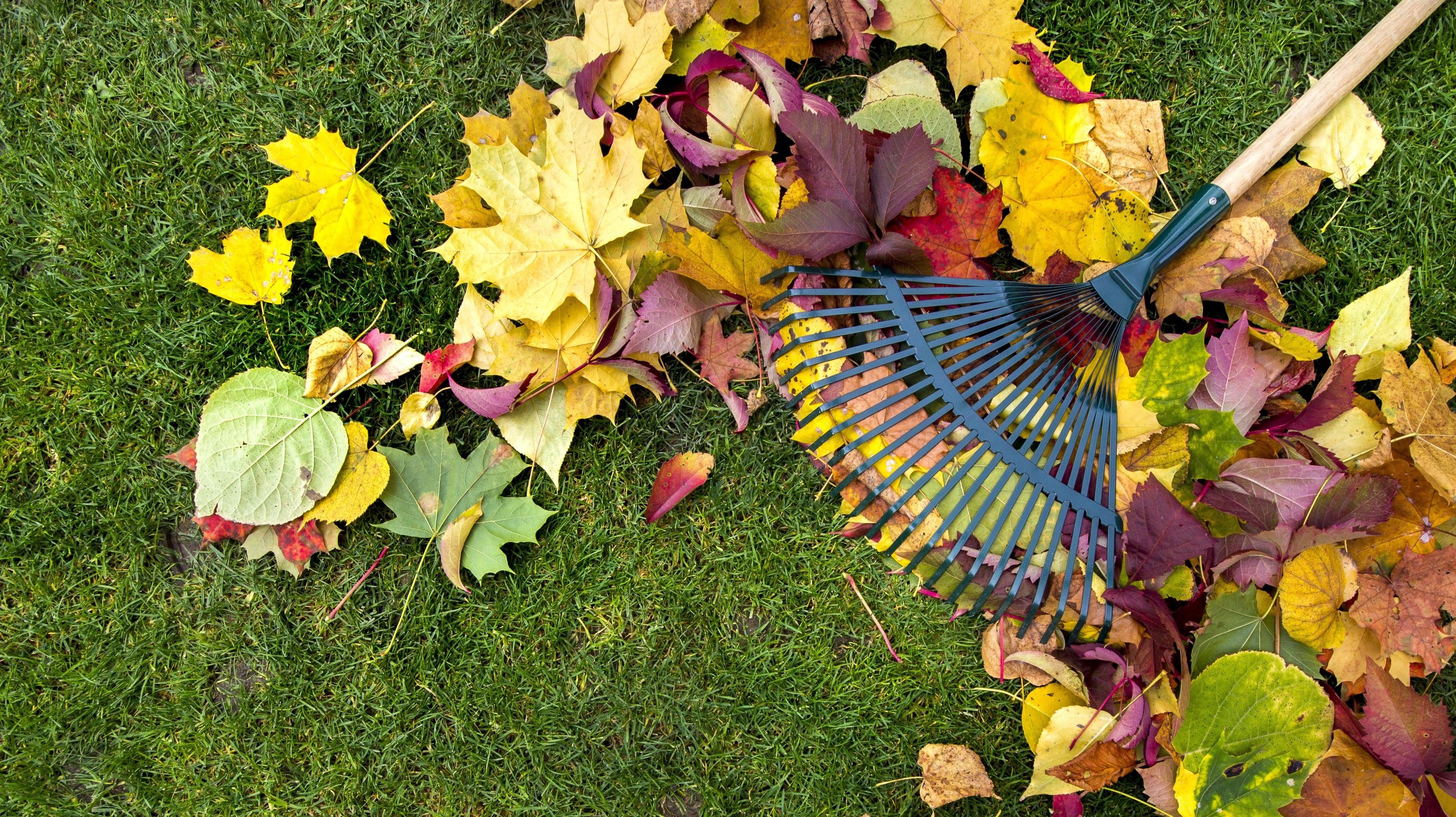
If your lawn gets carpeted in leaves every fall, you might lug out the rake and dispose of them and feel very good about that work. But it’s misplaced effort. Not only are you taking a perfectly biodegradable material and putting it into containers and landfills, you’re also missing out on the superpowered effects of mulching your leaves. Many mowers have a mulch setting, but you can get the same effect just by setting your mower blades as high as possible and removing the grass receptacle. Those tiny bits of dead leaves will feed your lawn and make it healthier, while covering up bare spots where weeds would otherwise take root.
Don’t use herbicides
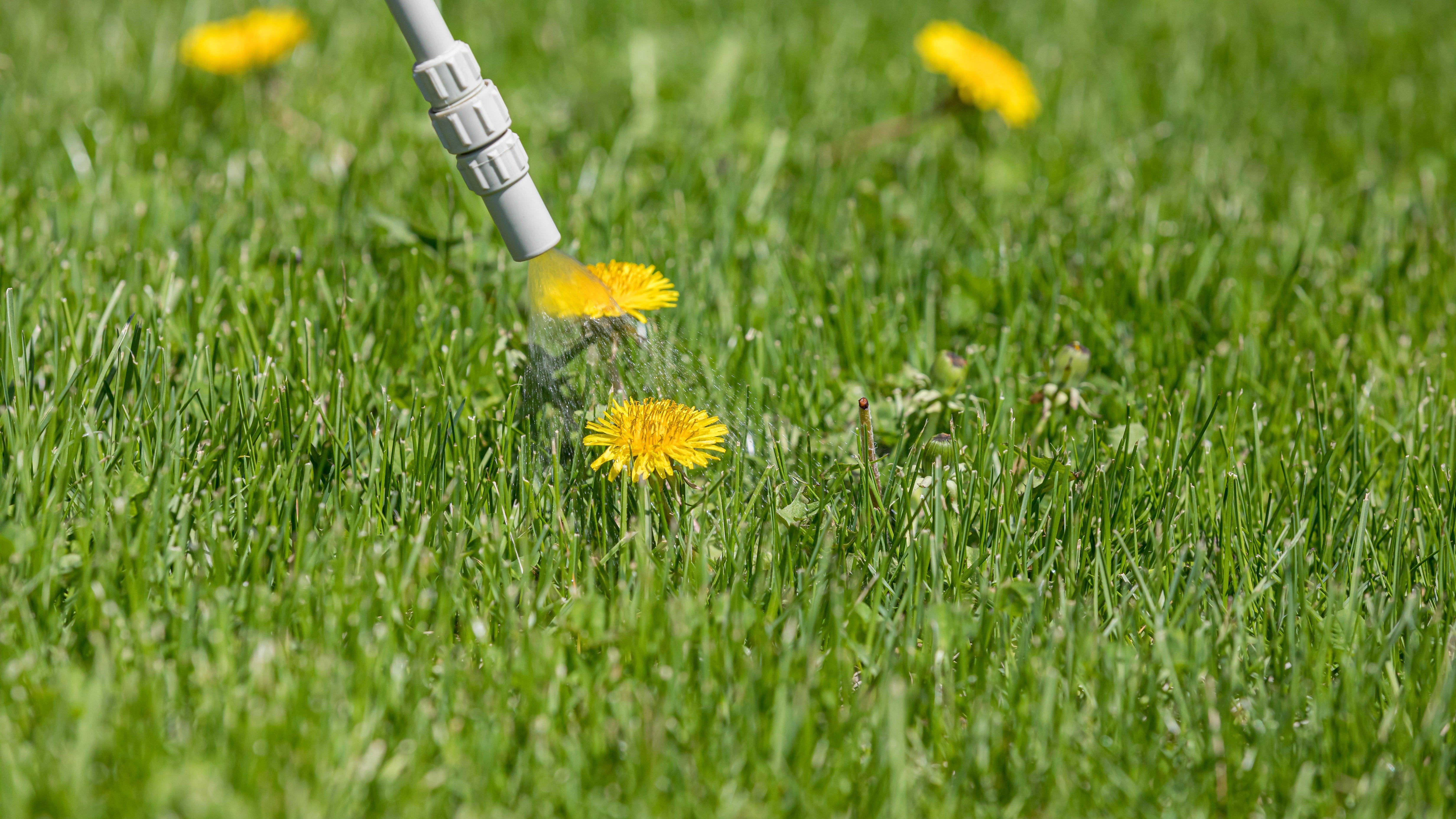
Weeds can ruin a beautiful lawn; we all know a lawn obsessive who will literally race out of the house to attack a weed the moment they see it. Weeding is a fact of life if you want a nice lawn, but using chemical herbicides is a very bad idea. No matter how well-formulated or how carefully used, you’re introducing poisons into the ecosystem of your lawn. These poisons can not only affect your family’s health, they can also damage the grass you’re trying to protect. If you must use chemical herbicides (as opposed to less dangerous natural weed-killers), use them very sparingly, and only in the specific spots where weeds have sprouted.
Don’t water in full sun
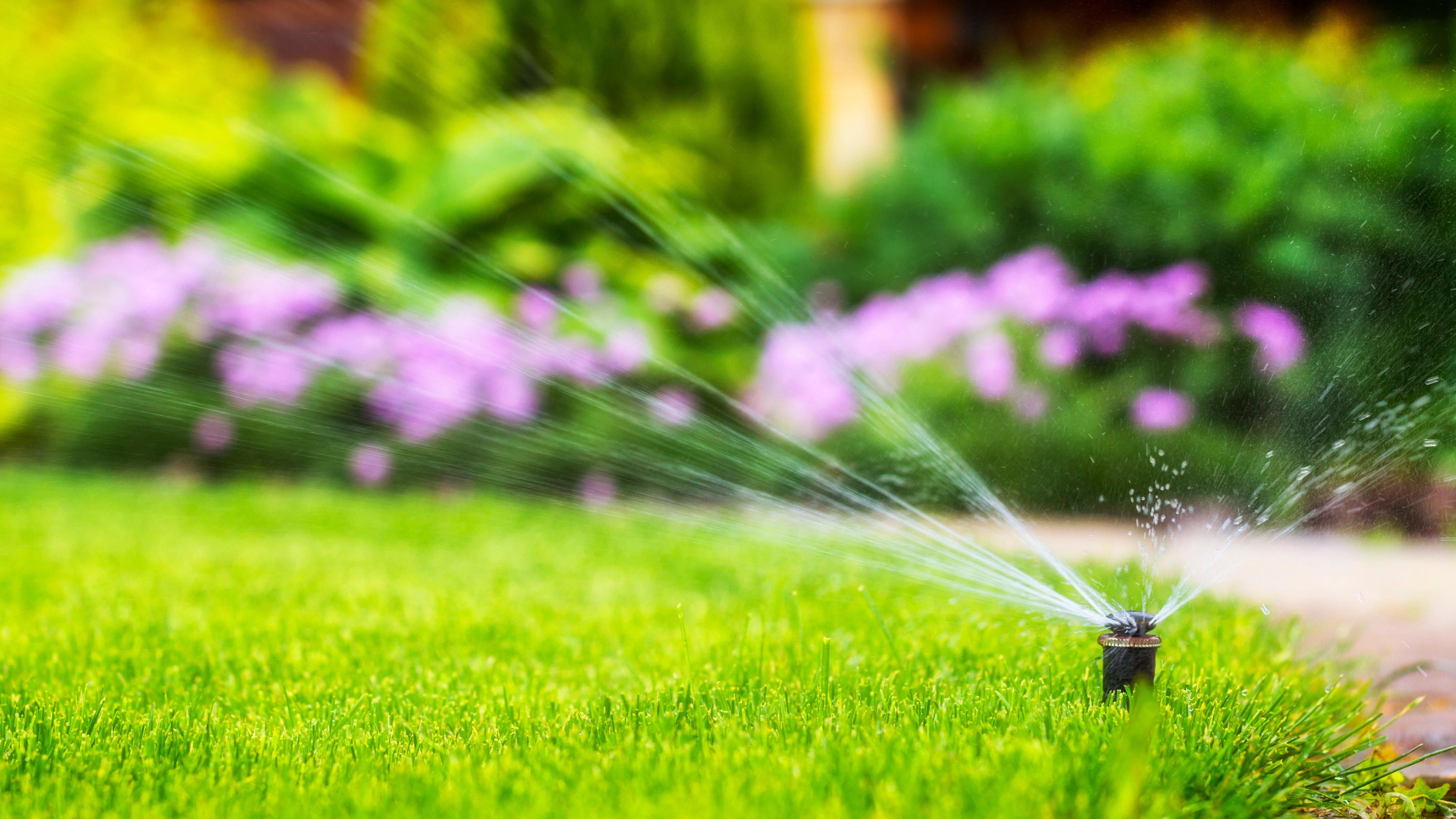
If you water your lawn whenever it’s convenient, you’re probably doing it wrong. Science tells us that the best time to water your lawn is early in the morning. This gives the water a chance to penetrate and the grass a chance to absorb it before the sun evaporates it all, and also ensures your lawn is cool and watered by the time the sun gets really intense. Watering at night is a bad idea because the moisture will linger, encouraging diseases and fungus, but if you miss the morning hours, the late afternoon when the sun is less intense is your next-best choice.
Don’t remove grass clippings
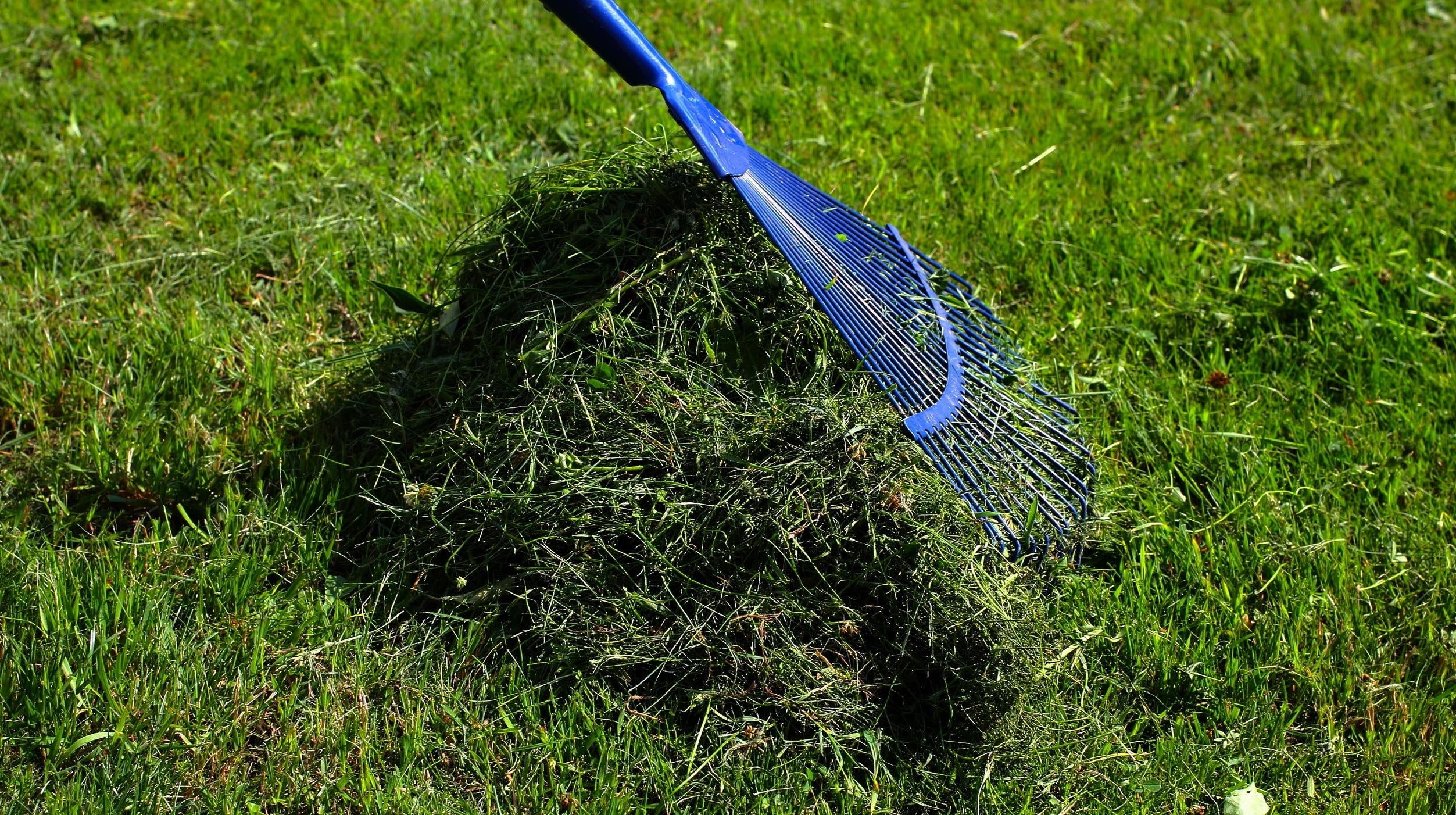
It’s a natural instinct to remove the clippings after mowing your lawn — it looks messy, and if your goal is a perfectly manicured lawn, that can be irritating. But unless you’re hosting an event, it’s much better for your lawn if you just leave those grass clippings there. They will provide mulch for your lawn, protecting it from weeds and feeding the remaining grass. Mulch can actually reduce the need for fertiliser, saving you cash as well.
Don’t leave stuff sitting out on your grass
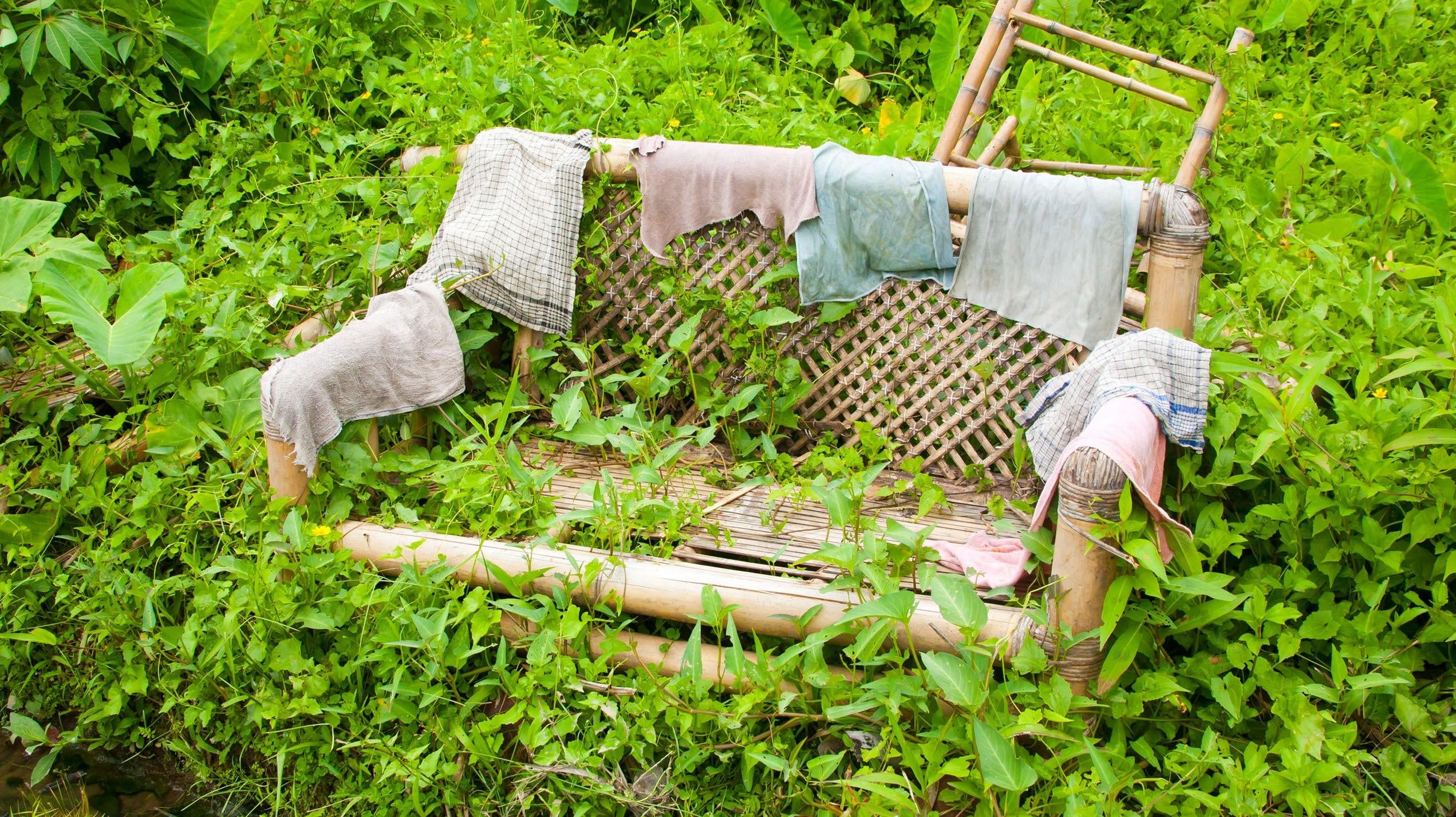
Whether it’s furniture, gear, or just junk you don’t have any other place for, leaving stuff sitting on your lawn is a great way to create near-permanent bald spots. It should be pretty obvious: Stuff left on your lawn prevents sunlight from getting to the grass beneath it, and damages the grass blades to boot. Leaving a kiddie pool or a bunch of junk in one spot for a long time will pretty much guarantee some unsightly brown and bald spots.
Don’t mow it too often
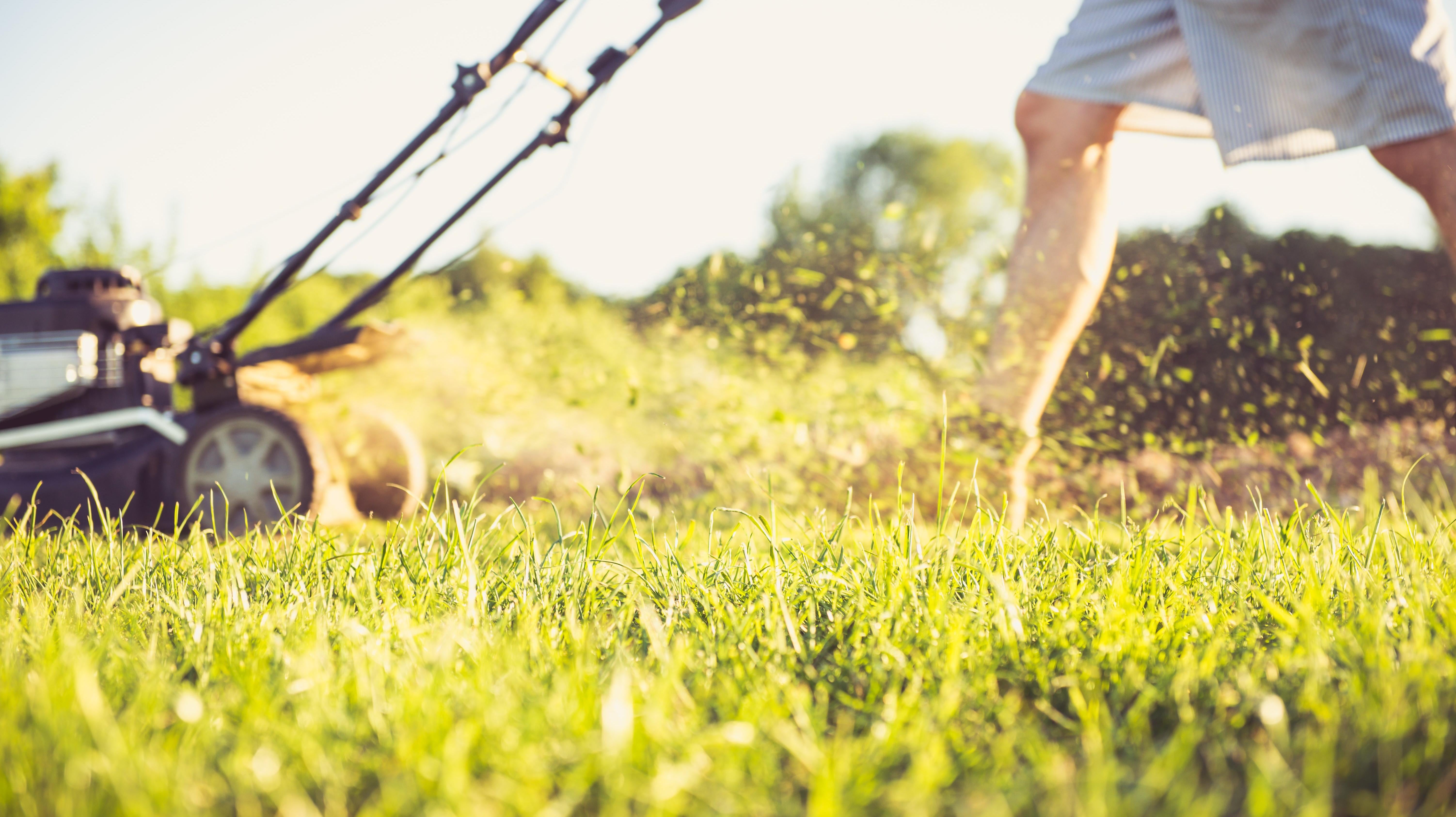
If you’re particularly obsessive, you might want to give your lawn a glow-up every day, reasoning that if you leave your mower blades at the same height all you’re doing is trimming fast-growing blades. But your lawn won’t tolerate daily mowing, or even every-other-day mowing. Grass doesn’t grow that fast as a rule, and the stress of being mowed constantly will do more harm than good. While every lawn is different depending on climate, breed of grass, and other factors, generally speaking mowing once or twice a week — at most — is all that’s needed.
Don’t salt your walking paths
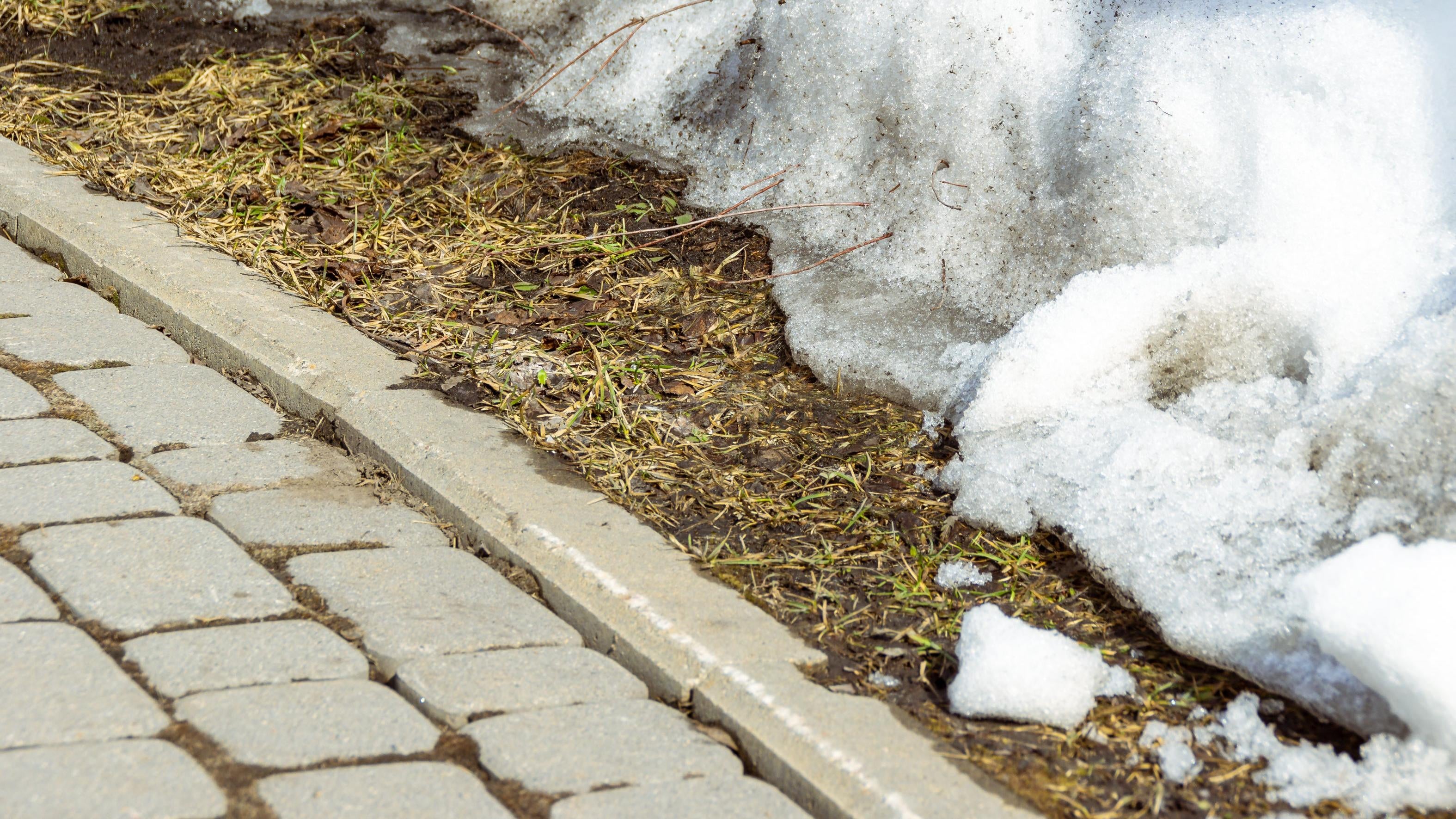
If you have hardscaping or pathways made of pavers or concrete as part of your lawn design, you might put some effort into keeping them clear of ice and snow in the colder months. But whatever you do, don’t use rock salt or other common ice- and snow-melting substances near grass. This stuff will kill your greens pretty effectively, first by removing moisture from the ground and then poisoning the grass directly. Stick to good old-fashioned elbow grease, and maybe some sand or cat litter, to keep your pathways walkable in icy conditions. Your lawn will thank you.
Don’t leave snow sitting there
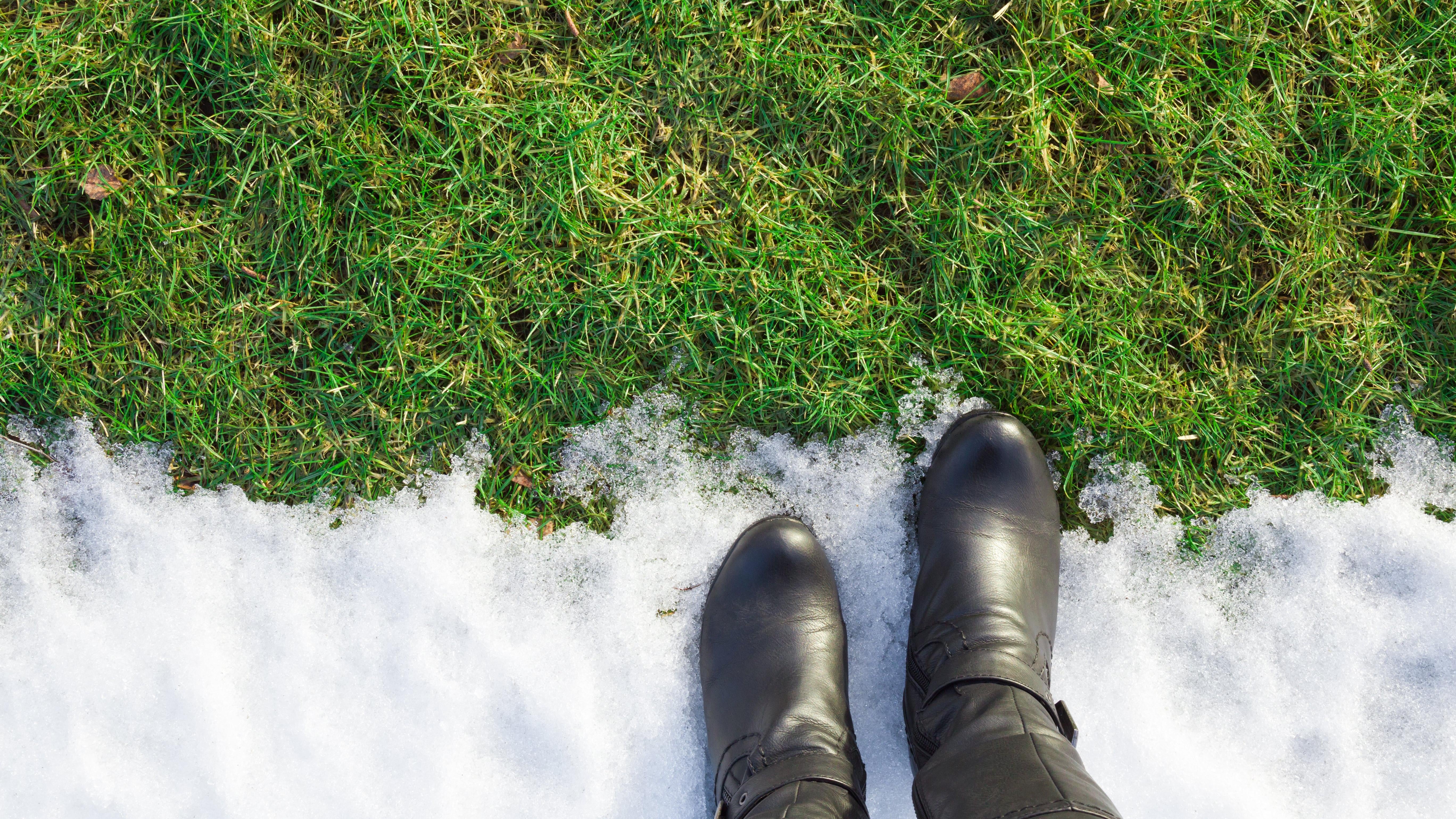
If snow covers your lawn it can be very pretty, and snow in general won’t damage your grass. But if you leave that snow sitting on your lawn for too long, it can suffocate the plants and lead to something called snow mould, which is a fungal infection that looks like white or grey spiderwebs all over your precious grass. You can help prevent this by helping snow to melt away with some light shoveling or raking to break up snow cover and expose it to the sun.
Don’t mow in the same direction every time
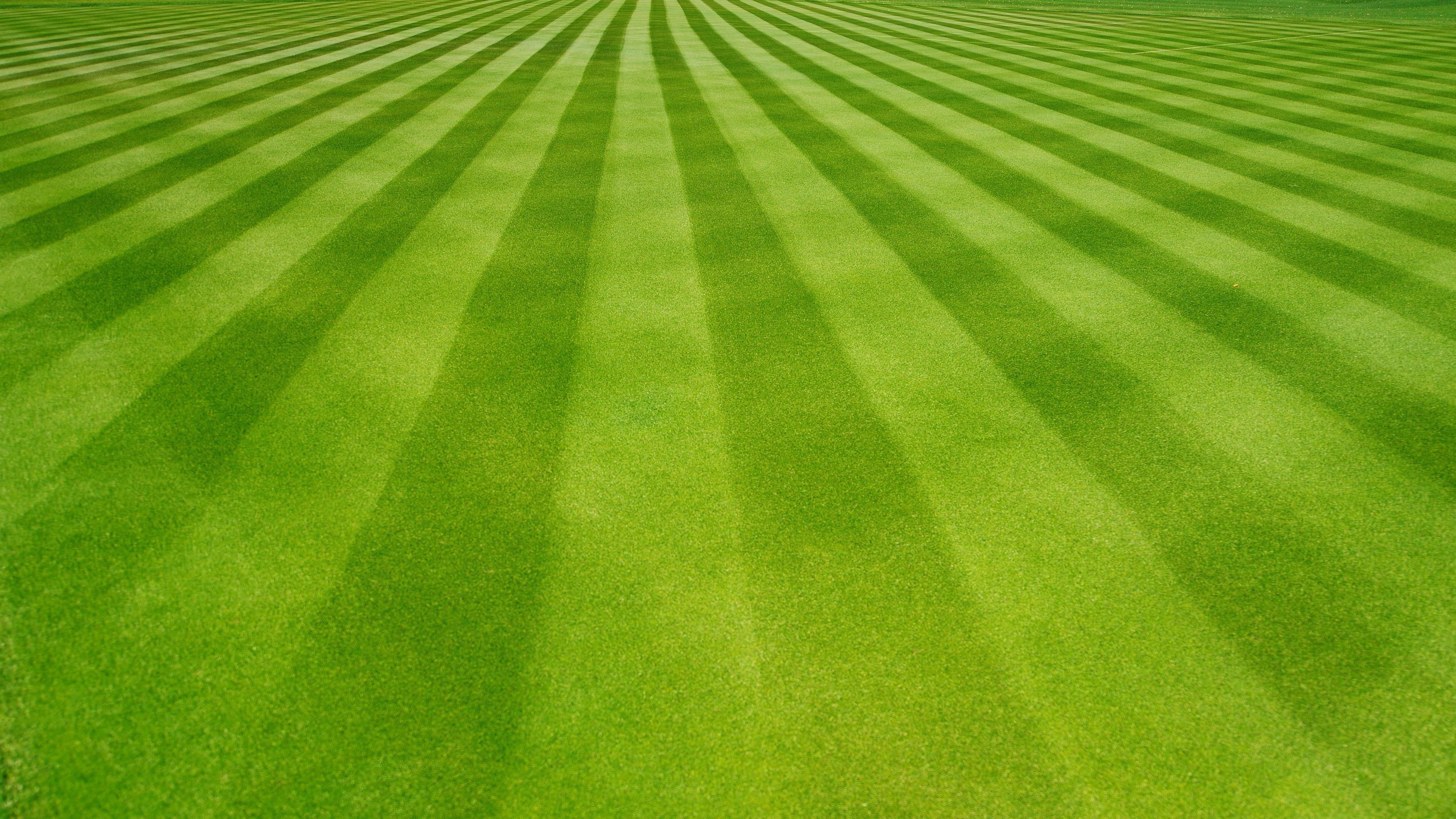
Mowing your lawn is a repetitive activity, and it’s tempting to fall into a steady pattern when doing it. But mowing your lawn in exactly the same direction and pattern all the time is actually the worst way to do it. As your mower moves across your lawn its weight and the tread of the tires are affecting the grass and dirt below it, compacting and crushing it. If you follow the same path every single time you will start to see that damage in the form of bald spots and dead grass. Changing the pattern and directions of your mowing on a regular basis can avoid this.
Don’t mow with dull blades
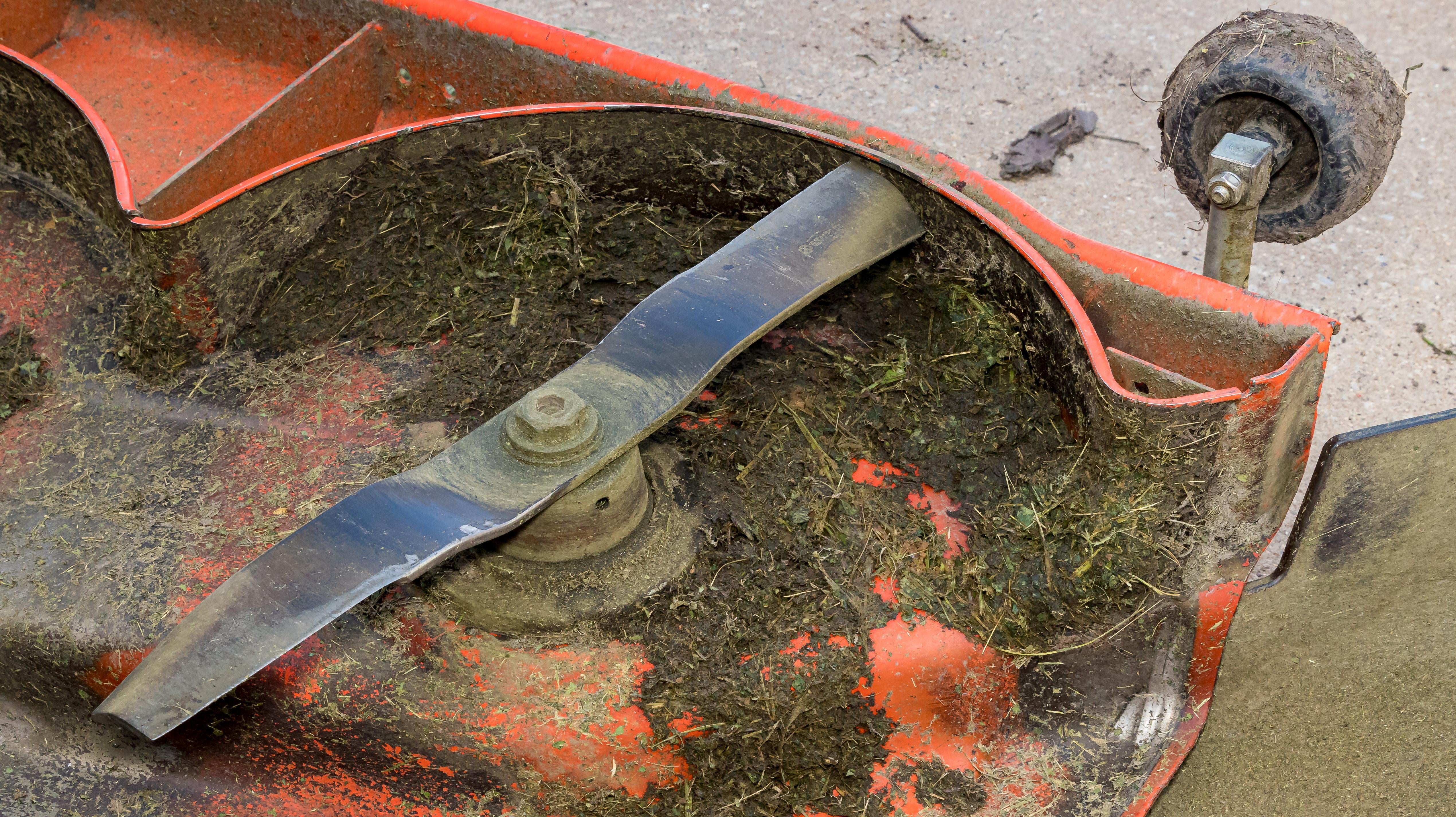
If you’re like a lot of people who confine their home maintenance to Weekend Warrior status, you might have bought your lawn mower a few years ago and ceased to think about it since. But your mower needs maintenance just like any other piece of machinery. In terms of the health of your lawn, the most important thing you can do is keep your mower’s blades sharp. Dull mower blades not only make it harder to cut your grass, extending the chore, they can also do a lot of damage to your grass.
Don’t go genocidal on bugs
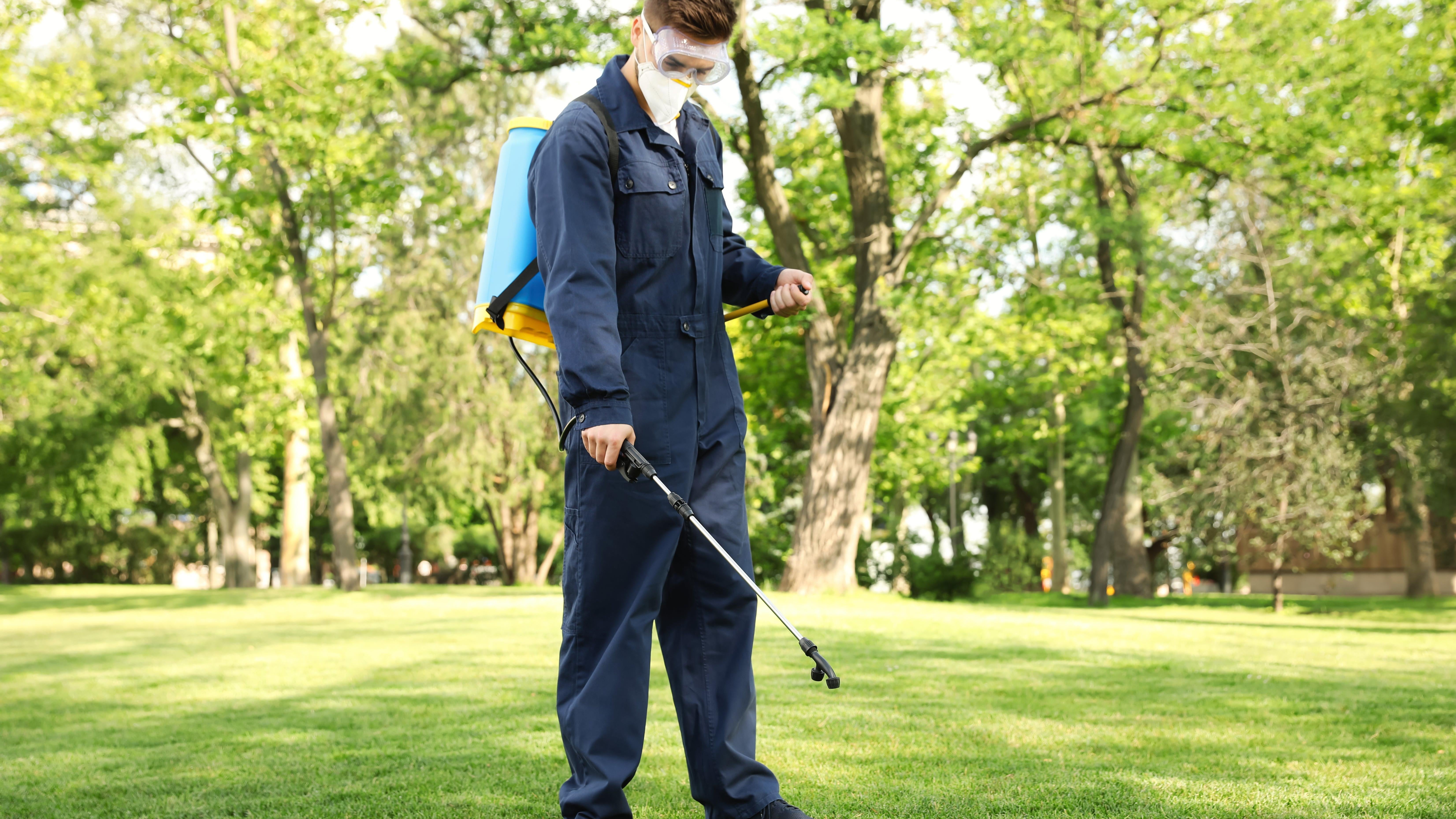
Most people want to enjoy their lawns. They want to host cookouts, play football, lie in the sun, and otherwise spend time out there. To get that lush lawn you feel good rolling around on, you obviously need to eliminate bugs that are your lawn’s sworn enemies, like armyworms or spittlebugs. But that doesn’t mean you should soak your lawn in nuclear levels of pesticides. Asides from being environmentally damaging and unhealthy for you and your family, destroying every single insect within a mile radius will also kill off a long list of insects that are actually quite beneficial to your lawn. The secret is to choose your pesticides carefully and use them only if you actually have a problem — and then in a targeted, strategic way.
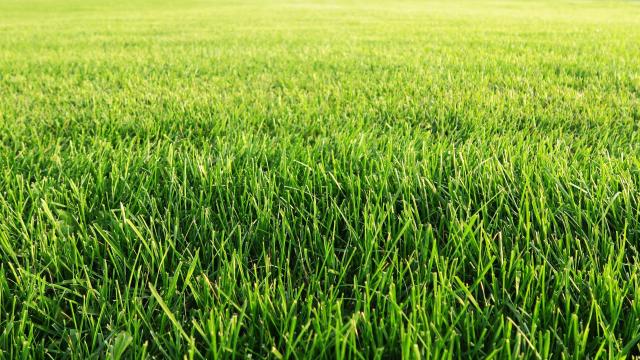
Leave a Reply
You must be logged in to post a comment.